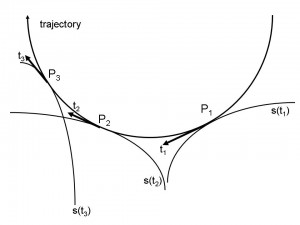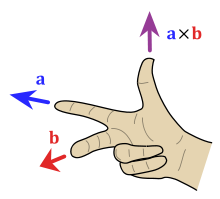
Learning goal
After completion of this unit students will be able to
- Distinguish inertial and rotating coordinate systems
- Distinguish between trajectories and streamlines
- Explain fictitious forces and what they account for
- Use the concept of potential vorticity to explain and predict motions observed in the atmosphere
- Examine atmospheric motions in a rotating frame
- Extend the conservation of mass from zero-dimensional to four-dimensional considerations
- Identify regions of wind shear, convergence, divergence, confluence and diffluence, tilting, twisting, positive and negative vorticity in flows
Students’ Tasks
- Watch this video
- Participate in the discussion channel of this unit on the discussion board
- Read chapter 6. to 6.3.2. (included) of Lectures in Meteorology
- Relevant equations are the equation of motion and those related to the forces. Write them down as well as important parameters/constants as a permitted “cheat sheet” in the exam
- Answer the questionnaire by 1500 AST the day before class.
You can find the powerpoint presentation at the link.

© Nicole Mölders | All rights reserved
